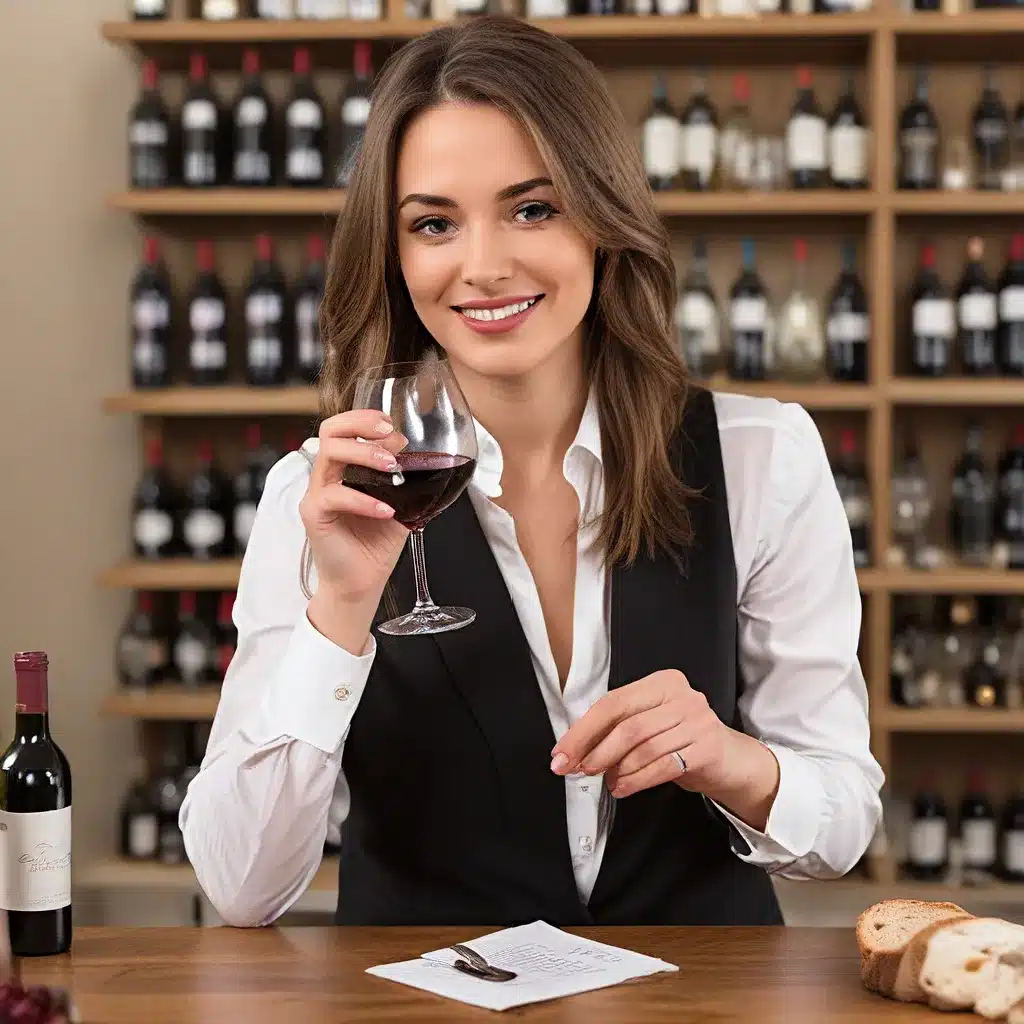
Have you ever found yourself staring at a wine list, feeling overwhelmed by the sheer number of options? Or maybe you’ve been to a fancy wine tasting event, sipping and swirling, but struggling to identify the subtle notes and characteristics of each vintage. Well, my friends, the time has come to unleash your inner sommelier and take your wine knowledge to new heights.
Developing a Discerning Palate
Like any skill, mastering the art of wine tasting takes practice and dedication. But fear not! I’m here to guide you through the process, step by step. The first key is to develop a discerning palate. This means training your senses to pick up on the nuances that distinguish one wine from another.
Start by tasting a variety of wines, paying close attention to the aroma, flavor, and mouthfeel of each one. Keep a tasting journal where you can record your observations, noting things like the intensity of the fruit flavors, the presence of oak or spice, and the overall balance of the wine.
As you taste more and more wines, you’ll start to notice patterns and recognize the unique characteristics of different grape varieties and regions. Chardonnay from California, for example, might have a rich, creamy texture and notes of vanilla and butter, while a Sauvignon Blanc from New Zealand might be crisp and refreshing, with vibrant citrus and herbaceous flavors.
Master the World offers a fantastic way to explore a wide range of wines and hone your tasting skills. Their monthly wine tasting kits allow you to blind-taste premium wines, then receive feedback from a panel of Master Sommeliers on your deductions. It’s like having your own personal wine tutor, right at your fingertips!
Mastering the Art of Swirling and Sniffing
Now that you’ve started to develop your palate, it’s time to dive deeper into the art of wine tasting. One of the most important techniques to master is the swirl and sniff.
Gently swirling the wine in your glass helps to aerate it, releasing the aromas and allowing you to pick up on the full range of scents. Take a deep breath and inhale deeply, allowing the bouquet to fill your senses. What do you smell? Ripe fruit? Floral notes? Hints of oak or spice? Jot down your observations in your tasting journal.
Next, take a small sip of the wine and let it linger on your tongue. Pay attention to the texture and mouthfeel – is it light and crisp, or rich and velvety? What flavors do you detect? How does the wine evolve as you swish it around your mouth?
Mastering the art of tasting and evaluating wine takes time and practice, but the journey is half the fun. Embrace the process, and don’t be afraid to experiment and explore. Attend local wine tastings, join a wine club, or even plan a trip to a renowned wine region like Napa or Sonoma. The more you expose yourself to the world of wine, the more your palate will grow and your confidence will soar.
Unlocking the Secrets of Wine Pairings
Of course, wine tasting isn’t just about enjoying the wine itself – it’s also about pairing it with the perfect food. And trust me, the right pairing can elevate both the wine and the dish to new heights.
When it comes to food and wine pairing, the key is to focus on balancing the flavors and textures. A delicate white wine, for example, might pair beautifully with a light seafood dish, while a bold, full-bodied red could complement a juicy steak or hearty pasta.
Saint Marc offers an incredible selection of wine and food pairings, expertly curated by their team of sommelier-trained chefs. Whether you’re in the mood for a classic Cabernet with a juicy burger, or a crisp Sauvignon Blanc with a fresh salad, they’ve got you covered.
But don’t just take my word for it – experiment and have fun with your own food and wine pairings. Try different combinations, take notes, and see what works best for your personal taste buds. Who knows, you might just discover your new favorite pairing and impress all your friends in the process.
Tapping into Your Intuition
As you continue on your wine tasting journey, remember to trust your intuition. While it’s important to develop a solid understanding of the technical aspects of wine, the true art of tasting lies in connecting with your senses and letting your instincts guide you.
Don’t be afraid to step outside your comfort zone and try new and unfamiliar wines. You never know what hidden gems you might uncover. And when you do find a wine that resonates with you, savor the experience – take your time, immerse yourself in the flavors, and let the wine transport you to a different time and place.
Remember, the world of wine is vast and ever-evolving, and there’s always more to discover. So, embrace the journey, hone your skills, and let your inner sommelier shine. Cheers to your newfound wine expertise!
